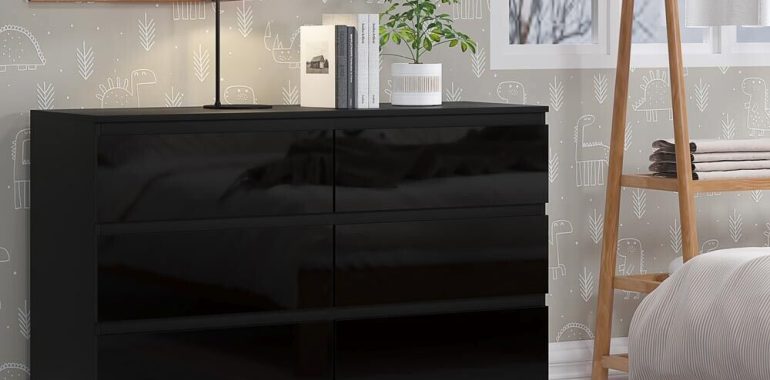Wabi Sabi vs Japandi: The Battle of Minimalism and Imperfection

Wabi Sabi vs Japandi: The Battle of Minimalism and Imperfection
Minimalism has become a trend in interior design in recent years. Two of the most popular styles are Wabi Sabi and Japandi. While they share some similarities, they are distinct in their approaches to creating a minimalist aesthetic. This article will explore the differences between Wabi Sabi and Japandi, and how they highlight the beauty of imperfection.
What is Wabi Sabi?
Wabi Sabi is a Japanese philosophy that centers on the beauty of imperfection and the acceptance of transience. In interior design, Wabi Sabi seeks to create a sense of serenity and simplicity through natural materials and organic shapes. The focus is on creating a feeling of calmness and relaxation through the use of earthy tones, raw textures, and natural elements.
Materials used in Wabi Sabi
Wabi Sabi heavily emphasizes natural materials such as wood, stone, and clay. These materials are allowed to showcase their natural imperfections, such as knots in the wood or cracks in the stone. Textiles and fabrics used in Wabi Sabi interiors are usually soft and organic, such as linen or hemp.
Colors used in Wabi Sabi
The color palette in Wabi Sabi is muted and earthy. Shades of brown, grey, and beige dominate, with occasional pops of green or blue. The emphasis is on creating a peaceful and calming environment.
What is Japandi?
Japandi is a fusion of Japanese and Scandinavian design. This style combines the minimalism and functionality of Scandinavian interiors with the elegance and sophistication of Japanese design. Japandi interiors are characterized by clean lines, neutral colors, and the use of natural materials.
Materials used in Japandi
Like Wabi Sabi, Japandi heavily emphasizes the use of natural materials such as wood and stone. However, in Japandi, these materials are often minimally processed and showcase the natural grain and texture of the material. The use of metal and glass is also common, adding a touch of industrial style to the otherwise subdued aesthetic.
Colors used in Japandi
The color palette in Japandi is dominated by neutrals such as white, black, and grey. This limited color scheme creates a sense of simplicity and serenity.
The Beauty of Imperfection
Both Wabi Sabi and Japandi embrace the beauty of imperfection. In Wabi Sabi, natural imperfections in materials are celebrated and allowed to shine. In Japandi, the subtle variations in natural materials are highlighted to create a sense of texture and depth. These styles showcase how the imperfections of materials can create a feeling of authenticity and warmth in a space.
Wabi Sabi and Japandi are two minimalist interior design styles that share a focus on simplicity, natural materials, and a muted color palette. However, they have distinct approaches to creating their aesthetic, with Wabi Sabi emphasizing the beauty of imperfection and the acceptance of transience, and Japandi highlighting the elegance and sophistication of minimalism. Ultimately, both styles showcase how beauty can be found in simplicity and imperfection.

